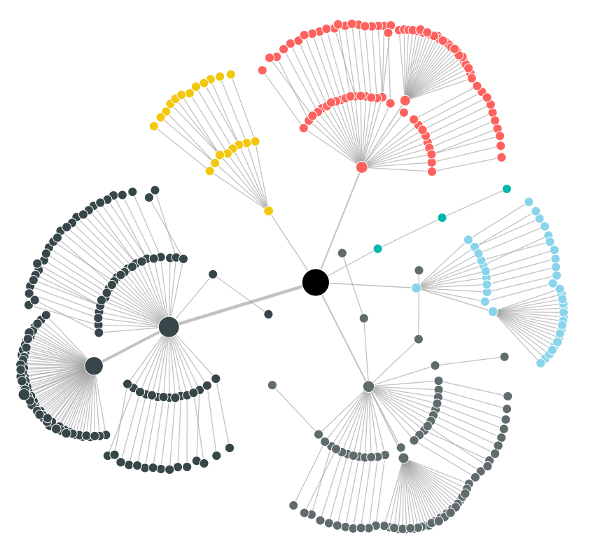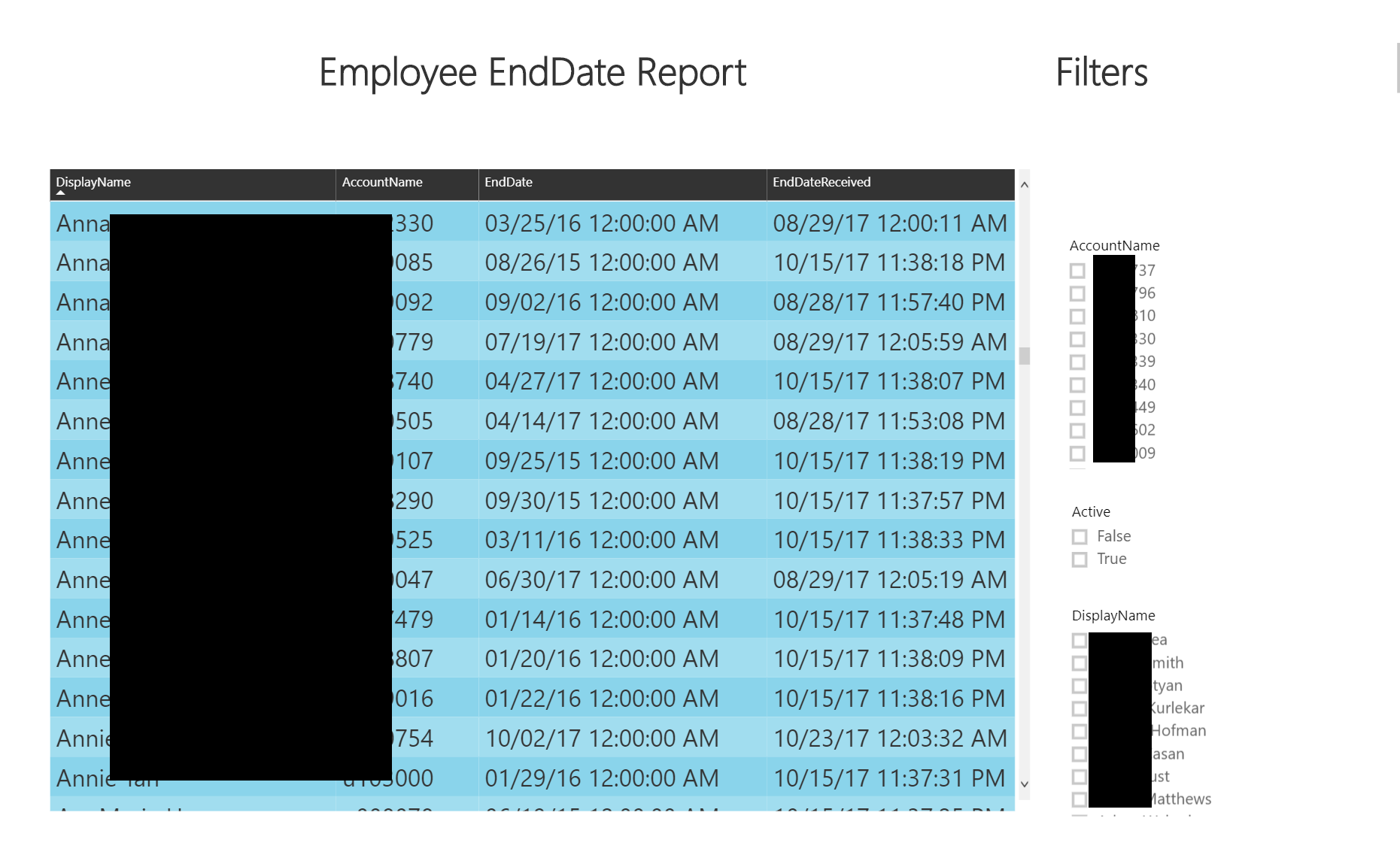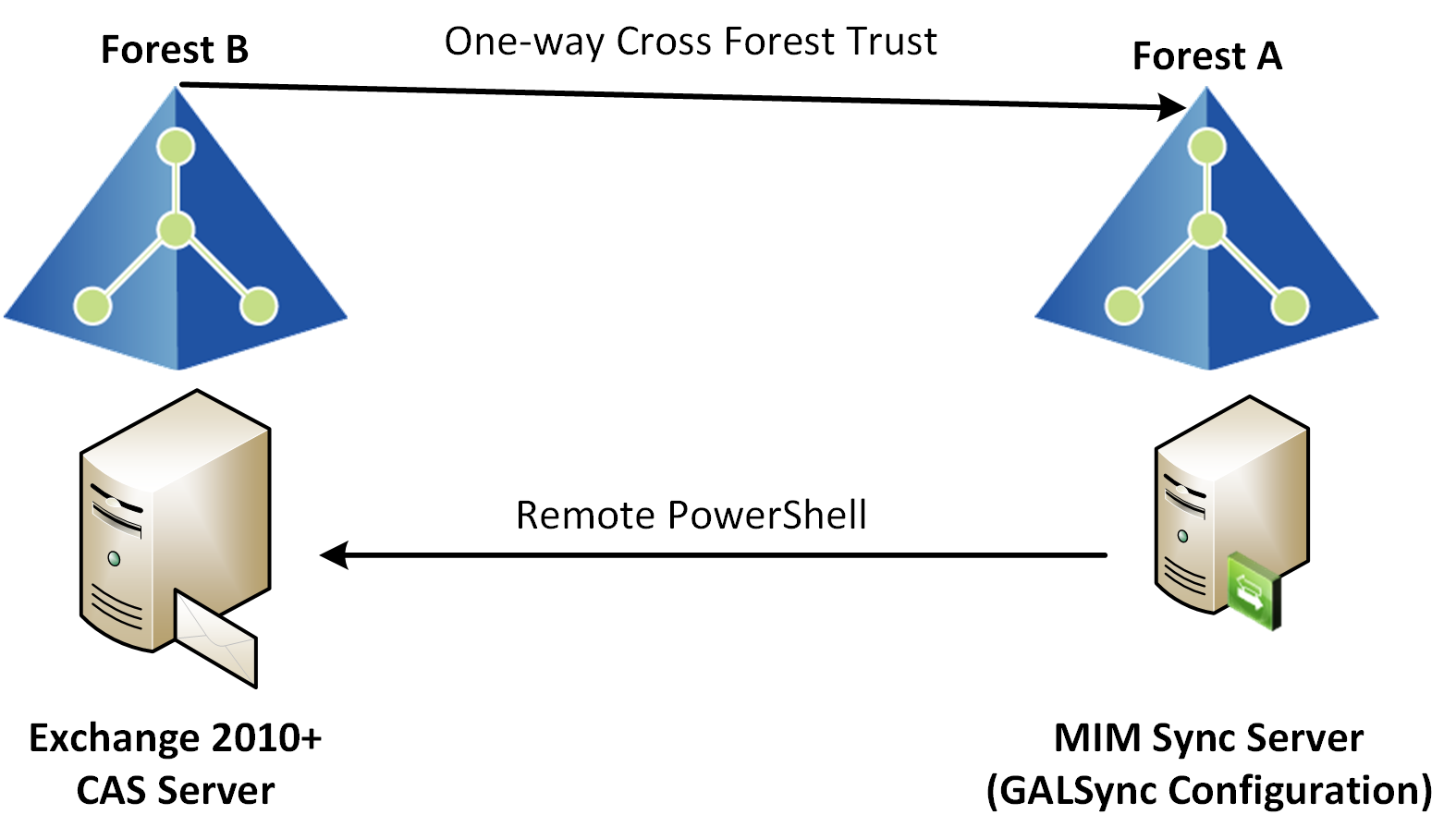
Graphically Visualizing Identity Hierarchy and Relationships
Almost 15 years ago Microsoft released Microsoft Identity Integration Server (MIIS) 2003. Microsoft also released a couple of Resource Toolkits for MIIS to assist customers and IT Integrators’ implement the product as up to that time it’s predecessor (Microsoft Metadirectory Services) was only available as part of a Microsoft Consulting engagement.
At the same time Microsoft provided a Beta product – Microsoft PolyArchy Server. For someone who’s brain is wired in highly visually way, this was a wow moment.… [Keep reading] “Graphically Visualizing Identity Hierarchy and Relationships”





